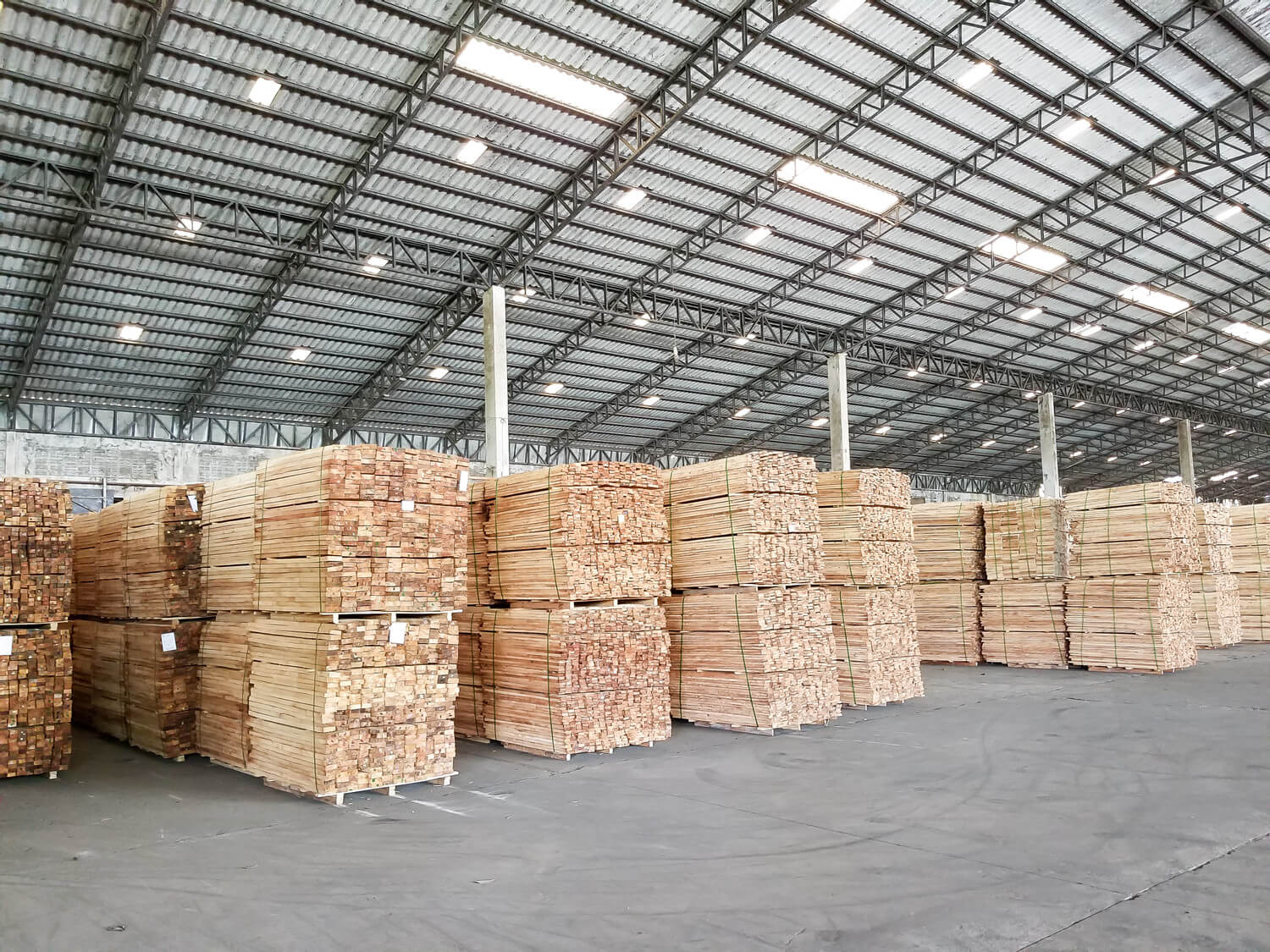Rubberwood’s making waves as a go-to eco-friendly option in the world of wood panels – and for good reasons too. But hey, nothing’s perfect, right? This guide’s all about digging into what makes Rubberwood awesome and where it might fall a bit short. We’re talking about the whole deal: its green creds, how much it’ll set you back, if it’s going to last, and the tricky bits you might run into. So, whether you’re jazzing up your space with something planet-friendly or you’re knee-deep in woodworking, getting the lowdown on Rubberwood is key. We’re putting on our eco-friendly hats and diving deep into what Rubberwood’s really about.

The Good :
- Eco-Friendly All the Way: Rubberwood’s not just any wood – it’s a champ in the eco-friendly league. Coming from rubber tree plantations, it’s all about reusing those trees once they’re done making latex. Talk about a win for the planet! This move is a thumbs-up against deforestation and really nails the whole sustainable vibe in woodworking.
- Easy on the Wallet: Let’s talk bucks. Rubberwood is way more wallet-friendly than your usual hardwoods. This means you get the good stuff without burning a hole in your pocket. It’s a win-win for folks watching their budget and still wanting quality. Plus, in the big, competitive world of wood, rubberwood is like the cool, cost-effective kid on the block.
- Looks for Days: Here’s where rubberwood shines – it’s a chameleon! You can stain it to look like other pricier woods, so you’ve got options, lots of them. Whether you’re decking out your home or crafting in the workshop, rubberwood’s got you covered with style.
- Tough as Nails: Don’t let the price fool you; rubberwood is tough stuff. It can handle the daily hustle and bustle without showing wear and tear. For all your projects, big or small, rubberwood stands up to the challenge. It’s that cool mix of being affordable and lasting long – quality that doesn’t cost the earth.
The Bad Bits :
- Weight and Cost: That’s great for showing how sturdy it is, but it comes with a catch. Transporting it can cost a pretty penny compared to lighter woods, which might make your wallet cringe, especially for big projects. So, while Rubberwood’s weight shows off its strength, it also adds some numbers to your woodworking budget.
- Buggy and Fungus Friends: Now, here’s something to keep an eye on in the Rubberwood story: pests and fungi. So, remember to take care of it if you want it to last in your woodworking adventures.
Visit our social media for more information : Ratimdo Utama



